I’m Childfree, but My Boyfriend Refuses to Accept It and Keeps Forcing Me to Have Kids

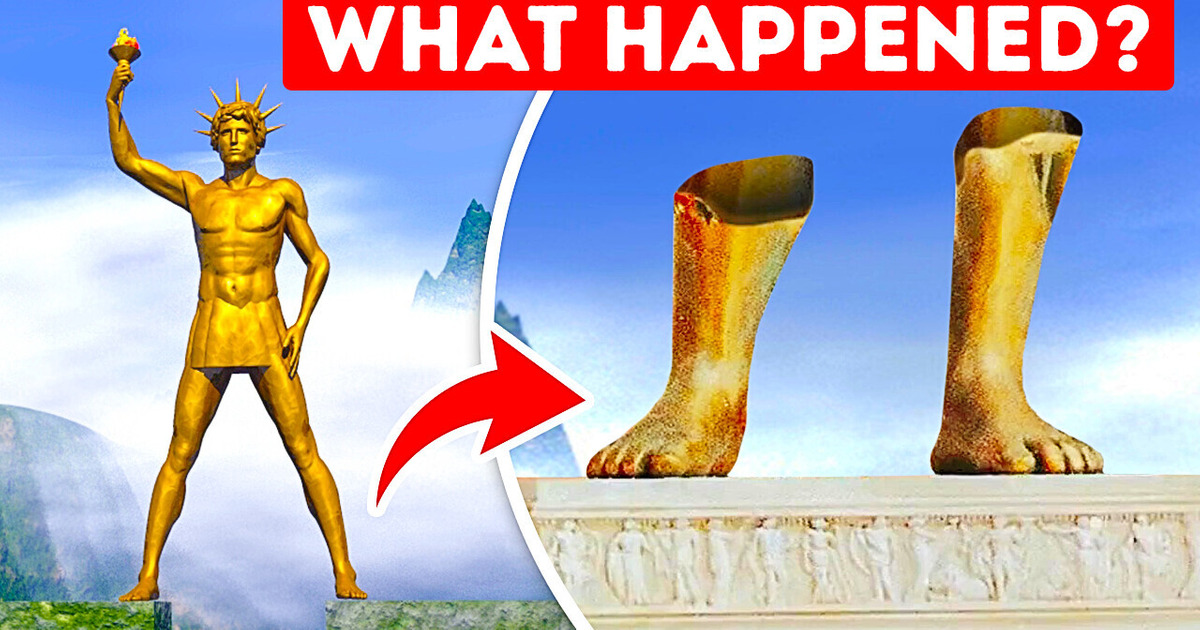
How come the world is still talking about a statue that only existed for a mere 54 years, over 2,000 years ago? What made this impressive ancient construction so unique that we are still discussing it? I’m talking about the Colossus of Rhodes, of course. It is considered to be one of the Seven Wonders of the Ancient World, along with the Great Pyramid of Giza or the Gardens of Babylon.
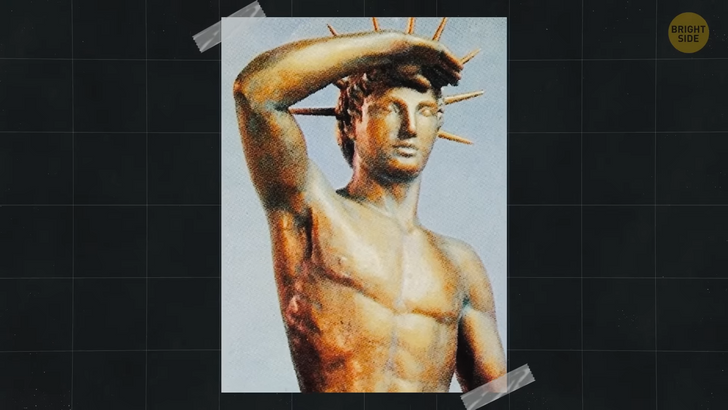
There are a lot of mysteries surrounding this ancient statue, but let’s look at some of the facts first, shall we? What we do know is that the local Rhodians decided to start the massive project once a Macedonian siege over their island was over. In other words, it was their way of honoring the higher powers for their victory. Using a lot of the material left behind by the Macedonians, they started the construction of the Colossus, which is estimated to have taken about 12 years.
Most contemporary descriptions of the statue agree that it stood about 105 feet tall. Just to compare, that’s about the size of the Statue of Liberty today, which is 151 ft. It may not seem like a lot. I mean, the Statue of Liberty is currently ranked as the 52nd tallest statue in the world. The champion here would be the Statue of Unity in India, standing proud at a staggering 597 ft. But for ancient times, that was quite an accomplishment.
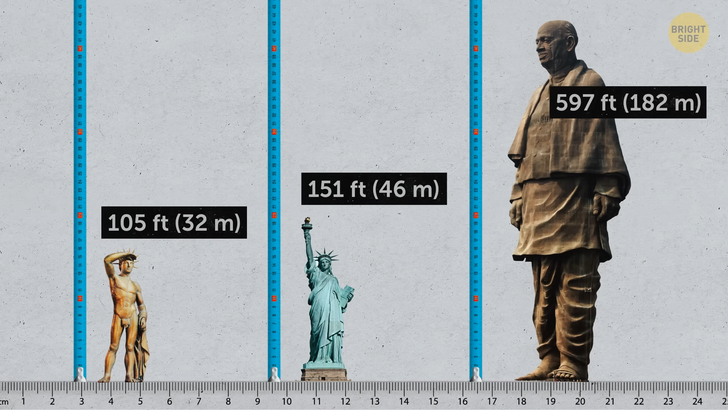
But is the similar height the only connection between the Colossus of Rhodes and The Statue of Liberty? Not really! We do know that they also refer to Lady Liberty as the “Modern Colossus” since both statues were constructed as a symbol of liberation. There is even a plaque placed inside the pedestal of the New York statue, inscribed with the first verse of the sonnet: “The New Colossus, not like the brazen giant of Greek fame.”
To build this massive Colossus statue, they sure needed a lot of bronze. Some ancient records even recount that the construction required 27,000 to 29,000 pounds of bronze! Even for modern times, this is a lot, but back then, they even called it “an operation that involved the bronze industry of the entire world.” The man tasked with bringing the statue to life was Chares of Lindos, a local Greek sculptor. The whole construction took place from 294 to 282 BCE, but unfortunately, Chares never got to see the end result.
We don’t know for sure why that happened, but some records claim constructing the Colossus of Rhodes may have led him to complete bankruptcy since he failed to accurately estimate the costs for the massive statue. I don’t blame him, though: nobody had constructed something of that size before. However, we still don’t know for sure how it was possible to build a statue this big back in those days. They had none of the equipment we have today, like excavators or elevators. Some old records said that they had to invent a completely new, custom method to build it. It all happened on the location, put together piece by piece.
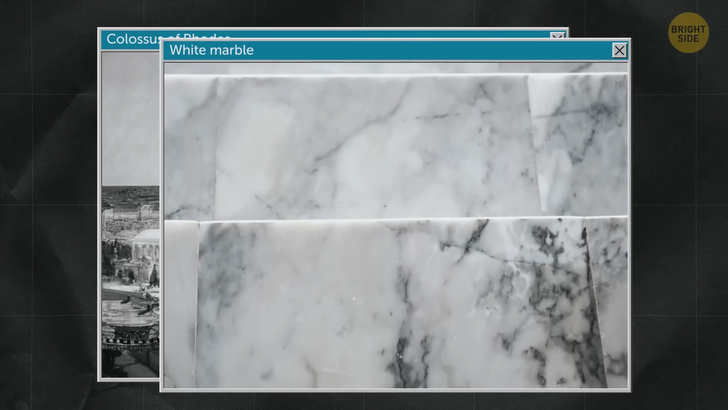
They supposedly split the statue into many different sections, and the first one to be constructed was the feet. Once each section was done, huge mounds of earth were placed around it, so they could continue working on the next section above.
However, these records were made more than 100 years after the Colossus was finished, so there’s little we can say about the accuracy of this information. In all those twelve years, the local Greeks worked on the clock to build the Colossus of Rhodes. They started with a white marble base that they placed at the statue’s feet. They then continued with some sort of an iron “skeleton,” to which they attached the bronze plates.
Why did they choose bronze, though? That was more for practical reasons since bronze is stronger than iron, and it can also sustain extreme weather conditions. More so, if you think about it, the statue was located pretty close to the sea, so the air surrounding it would have been pretty salty. That’s why they needed to make it of quite a sturdy material.
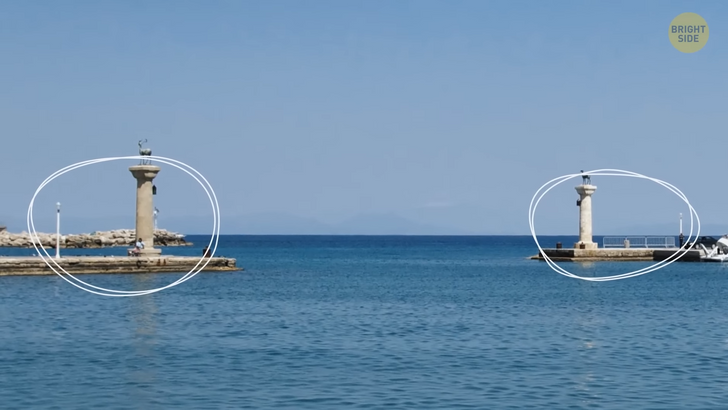
And what about the location? Well, that’s something that has also been up for debate for a long time. Researchers initially believed that the statue stood with each leg on either side of the Mandraki harbor, one of many in the city of Rhodes, basically straddling its entrance. As imposing as that may sound, it was likely not the case. First of all, that would have meant the harbor would have been closed for the whole duration of the construction, which doesn’t seem to match all the other records.
More so, after the statue had fallen, it would have probably blocked the entirety of the harbor, which, again, doesn’t seem to be mentioned anywhere. Most recent depictions say that it most likely stood either on the eastern side of the Mandraki harbor or maybe even further inland. So, what happened to this impressive structure? Is there really nothing left of it to this day? And why did it survive for only 54 years since it took so long to build and it was so important for locals?
Well, as admired and valued as it was to the Greeks, an earthquake took the Colossus of Rhodes away from them. The story goes that because of the movement of the earth beneath it, the statue snapped at its knees and was completely laid on the ground. Nevertheless, the statue still continued to be admired for centuries. The Rhodians refused to rebuild it as they considered it a sign and did not dare intervene with destiny. By the middle of the 7th century, they had taken away what was left of the statue completely. Legend says it took about 900 camels to carry all the bronze away from the location.
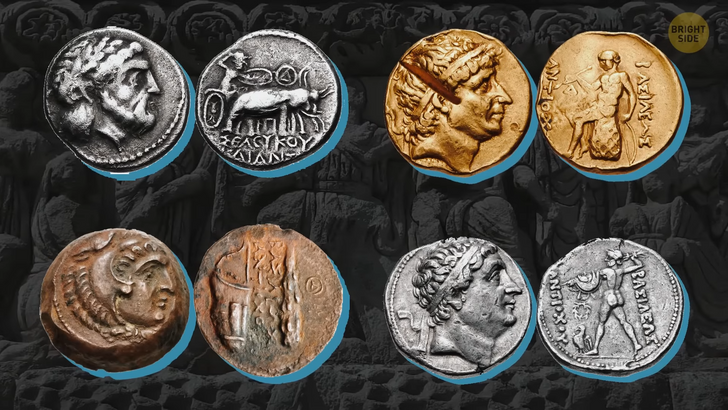
And what about the looks of the statue? This is also one aspect that is still shrouded in mystery. Even though it was a symbol of the local’s pride in maintaining their independence, they did not use the depiction of the statue for any of the coins they made, even though that was kind of customary. Some art historians do think, however, that the Colossus was similar to other depictions of the same mythological character: a male figure that had rays of light rising from its head.
The position of its hands is also still up for debate. Some say it might have even been holding a torch. We also don’t know if his hands were pointed straight down or whether the right arm was raised, like in similar representations in Greek mythology. The original might not be here for us to admire anymore, but there are some plans out there to rebuild it. A group of European architects intends to build a 21st-century version of the ancient statue.
This new construction is planned to stretch 500 feet tall. It should serve as a cultural center combined with a lighthouse. To make sure it won’t have the same destiny as its ancient ancestor, these designers intend to use a lot of technology available today. Firstly, they plan to cover the whole exterior of the modern Colossus with solar panels so that the enormous building has enough electricity. They also intend to use modern resources to make sure earthquakes and wind forces won’t affect the massive structure yet again.
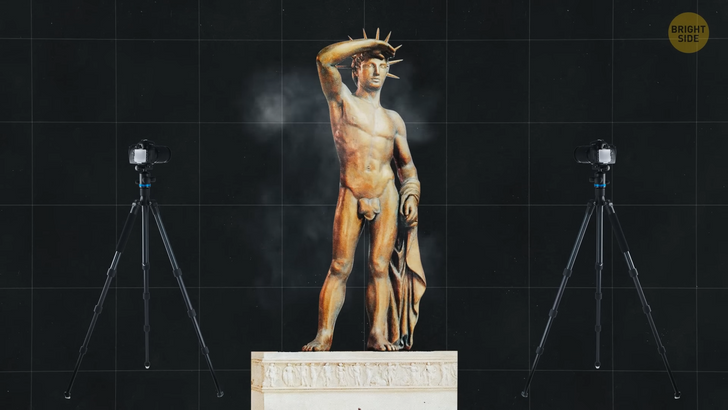
To do that, they plan to build the statue as a tripod structure, made from its two legs and the third pillar of support, constructed from the sash draped over the statue’s arm and touching the ground. They also plan to place heavy steel support around the base for counterbalance. They even thought of a suspension system that would permit the statue to rock back and forth, making it a bit more flexible and able to resist all the various weather conditions.
The costs of this project are quite high, though, estimated at about $283 million. Supporters of the modern Colossus are optimistic as they are certain they can raise that impressive amount of money through crowdfunding and private investments.











